Carefully survey and choose a suitable livelihood model.
Dakrong ( Quang Tri ) is a mountainous border district, with nearly 80% of the population being ethnic minorities. Of which, there are 5 border communes in region III (A Bung, A Ngo, A Vao, Ba Nang, Ta Long) sharing a border with Sa Muoi district, Salavan province, Laos.
The residential areas of the district are scattered over complex mountainous terrain and streams. Transportation is difficult, and connectivity in remote villages and border areas is limited. Therefore, the lives of ethnic minorities in Dakrong district are still difficult.
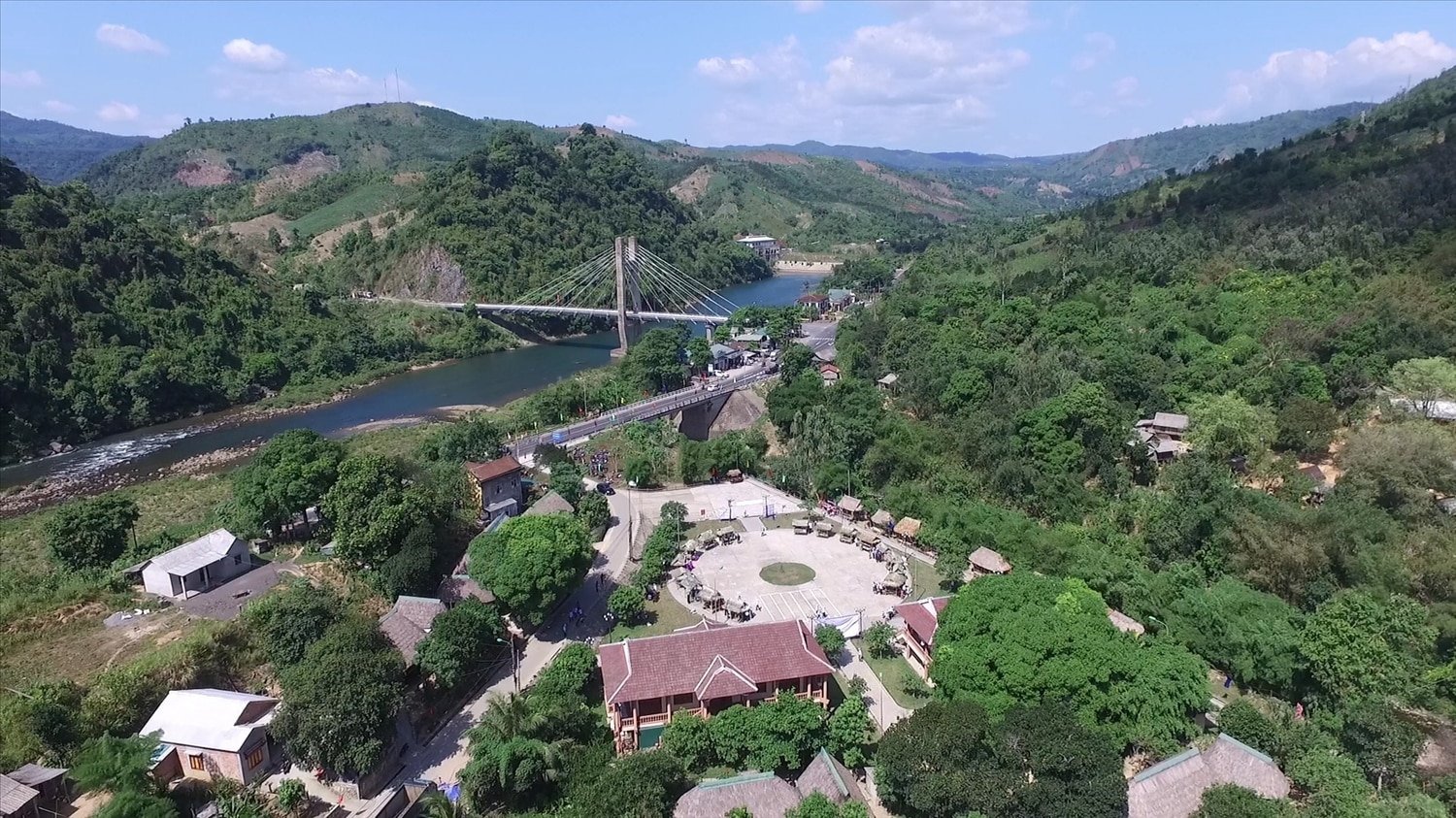
During the period of 2015-2020, ethnic minorities in Dakrong district have benefited from many ethnic policies such as Program 30a, Program 135, Plan 39...; These programs have supported trees, breeds, and vocational training. Notably, the livelihood model supporting breeding goats implemented during this period has been effective, helping many ethnic households escape poverty.
For example, from the capital of Program 135, investing 300 million VND, the district has implemented a model of raising breeding goats for 30 ethnic minority households in Dakrong commune. With support for breeding female goats, households focused on investing in care and finding sources of male goats for crossbreeding.
Up to now, households have successfully implemented the model of raising goats for reproduction, from the initial 2 goats, they have produced 8-12 goats. Among them, the family of Mr. Ho Van Hoan in Klu village, Dakrong commune, was supported by the 135 program with 2 female goats, which has provided material and spiritual resources for his family to be determined to escape poverty.
Not only in Dakrong commune, many households of Van Kieu and Ta Oi ethnic groups in Dakrong district have become large-scale goat-raising households with high economic efficiency. For example, the household of Ho Van Luc in A Ngo commune raises 25 goats; Ho Van Thanh in A Bung commune raises 28 goats; Ho Van Hoan in Dakrong commune raises 16 goats; Ho Van Hon in A Vao commune raises 40 goats; Ho Van Vung in A Vao commune raises 20 local goats; Ho Van Let in A Vao commune raises 20 goats; in Huong Hiep commune, there are 5 households raising local goats with a scale of 15 - 20 goats...
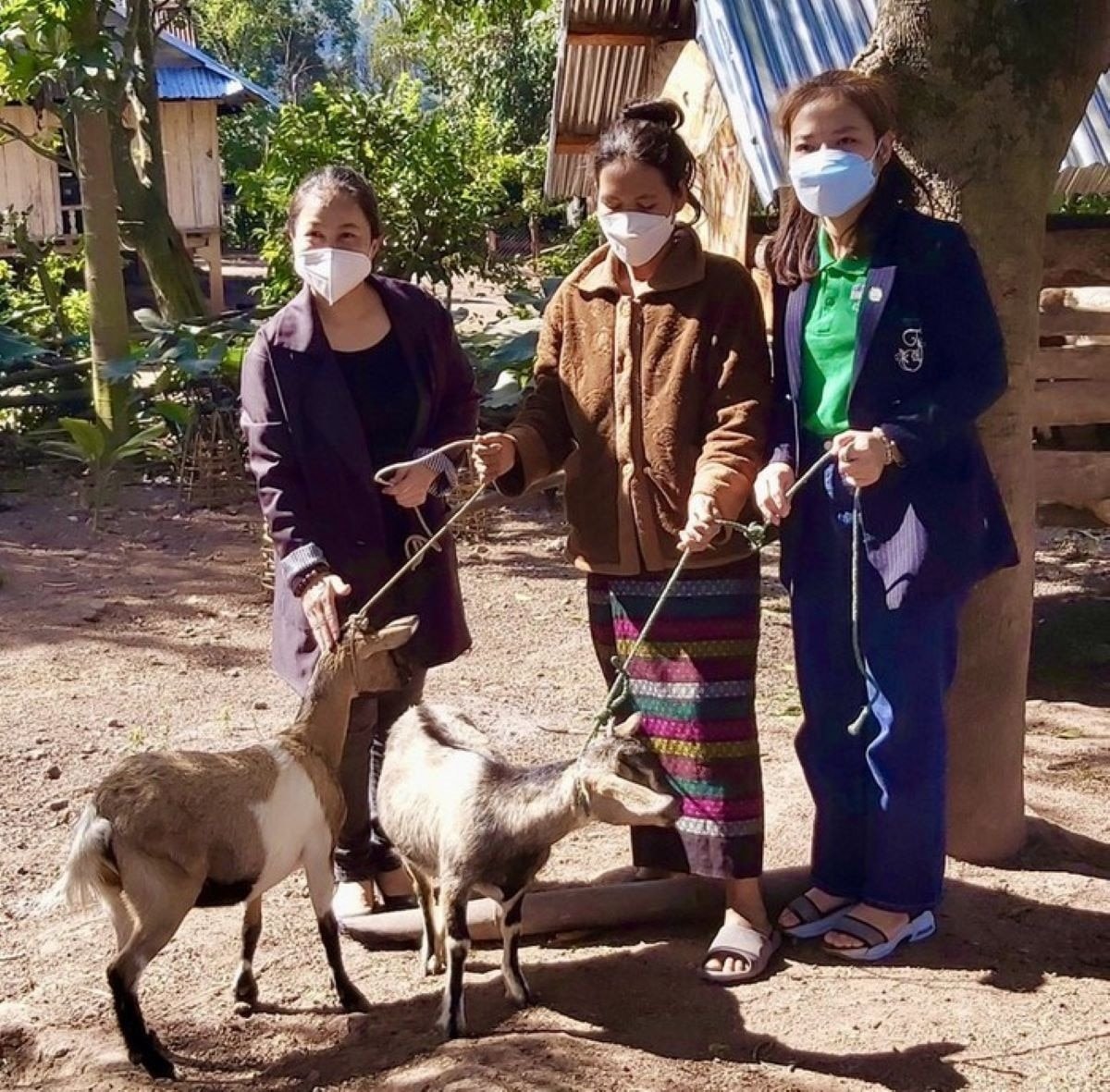
From the two initially supported breeding goats, many Bru Van Kieu and Ta Oi households in Dakrong district have multiplied their herds and escaped poverty sustainably. This shows that goat farming in Dakrong has great potential and many opportunities for large-scale development.
Replicating the model and developing it into a commodity
Reality over the past years shows that with the distribution of breeding goats, along with the hard work of local ethnic minorities; suitable climate and soil, such as the high number of sunny days per year; abundant natural food..., are advantages for the profession of raising goats for meat and breeding goats to develop and replicate the model among ethnic minorities.
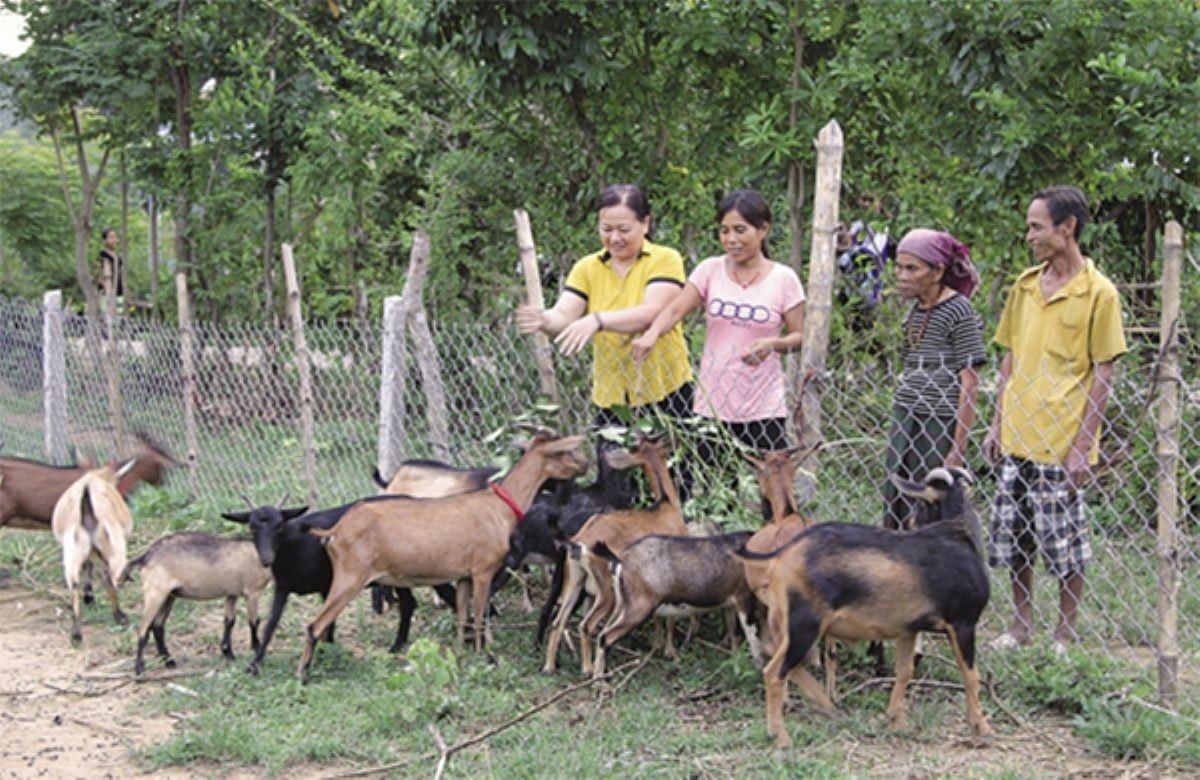
Therefore, when starting to implement the content: Solving livelihoods, increasing income to contribute to poverty reduction in Project 2, National Target Program on socio-economic development in ethnic minority and mountainous areas for the period 2021-2025 (National Target Program 1719). Dakrong District People's Committee has chosen goats to implement a livelihood support model in ethnic minority areas. Through the capital allocated from National Target Program 1719, Dakrong District People's Committee has approved the Project to support the development of community production "Replicating the model of raising local goats to reproduce in groups of households"
Since the Project was approved, commune-level localities have reviewed and made a list of beneficiaries for the District People's Committee to approve. Along with that, the authorities at the village and commune levels have mobilized households to be provided with breeding goats and build barns that meet standards. Before providing breeding goats, beneficiaries are also instructed on how to raise and care for goats. At the same time, veterinary staff also instruct people on how to prevent some common diseases so that the goats can grow well.
Since the beginning of 2024, Dakrong district has provided more than 3,400 breeding goats to policy beneficiaries in Dakrong, A Ngo, Ta Rut, Ta Long, Huc Nghi, Huong Hiep, Mo O communes, and Krong Klang town. The goat breeds provided to the people are local breeds, 7-8 months old and have an average weight of 15-17kg/head. After 8 months of being provided with the breed, the goat herd grew well. Many households have had their first litter of goats.
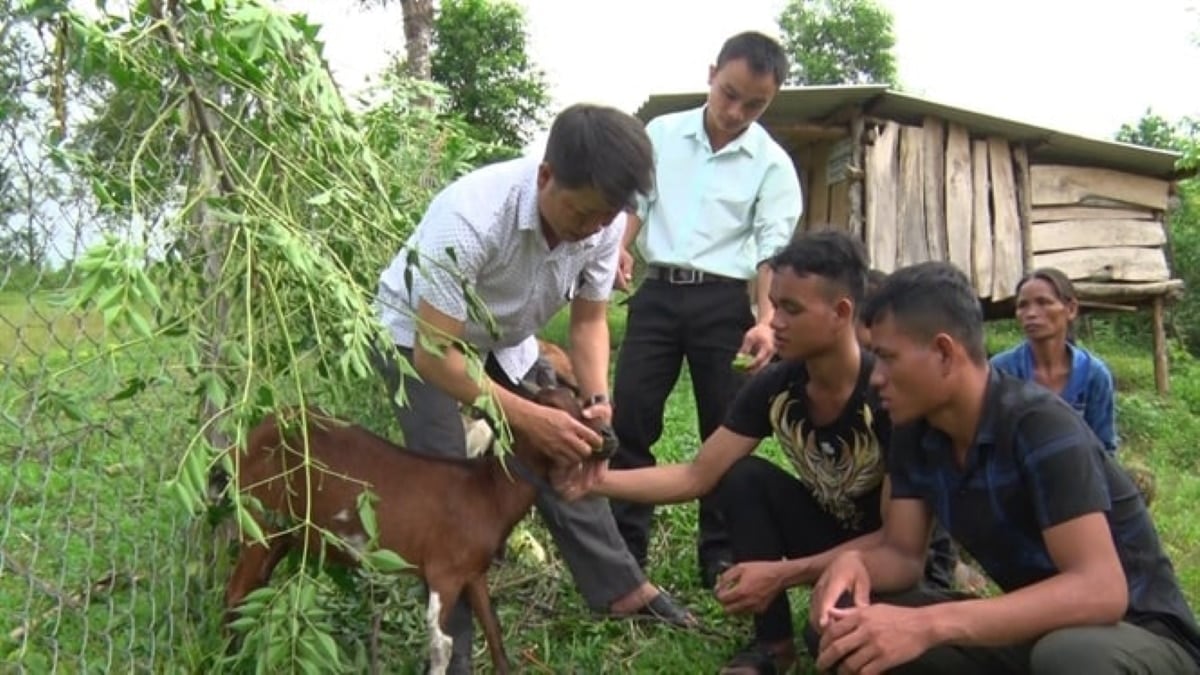
Mr. Ho Van Dang, Head of the Department of Agriculture and Rural Development of Dakrong district, said: “Most of the households that received initial support for goat breeds have developed their goat herds well. This is a great driving force contributing to hunger eradication and poverty reduction in the ethnic minority areas of Dakrong district.”
It is known that in the coming time, Dakrong district will continue to promote the expansion of goat farming models in the direction of intensive farming. Step by step, help people form the habit of large-scale, commodity farming and livestock farming.
In addition, the Dakrong District People's Committee has a plan to turn goat farming products into OCOP products of the district. This will bring higher profits to farmers, gradually improving the lives of ethnic minorities in accordance with the spirit, meaning and purpose of the National Target Program 1719, which is to develop the socio-economy in ethnic minority and mountainous areas.




![[Photo] Party and State leaders attend the special art program "You are Ho Chi Minh"](https://vphoto.vietnam.vn/thumb/1200x675/vietnam/resource/IMAGE/2025/5/18/6895913f94fd4c51aa4564ab14c3f250)
![[Photo] Many young people patiently lined up under the hot sun to receive a special supplement from Nhan Dan Newspaper.](https://vphoto.vietnam.vn/thumb/1200x675/vietnam/resource/IMAGE/2025/5/18/6f19d322f9364f0ebb6fbfe9377842d3)
![[Photo] Ready for the top competitions of Vietnamese table tennis](https://vphoto.vietnam.vn/thumb/1200x675/vietnam/resource/IMAGE/2025/5/18/9c547c497c5a4ade8f98c8e7d44f5a41)





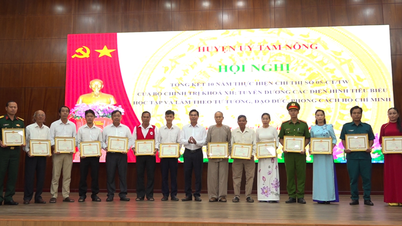
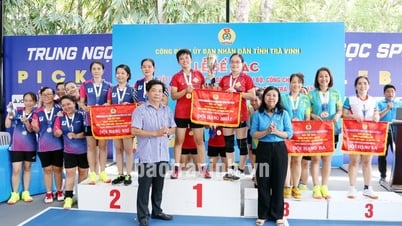
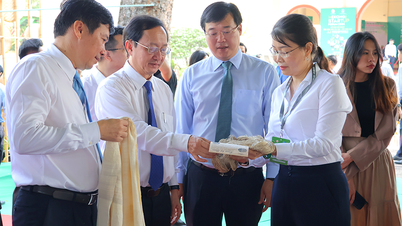

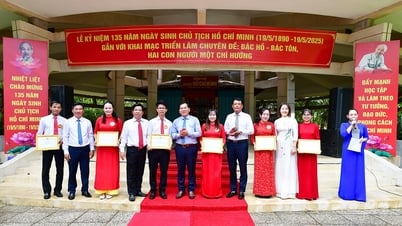








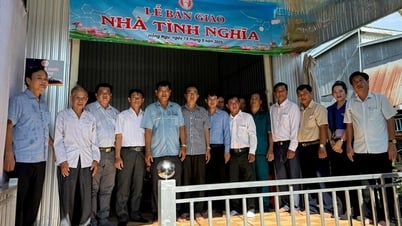


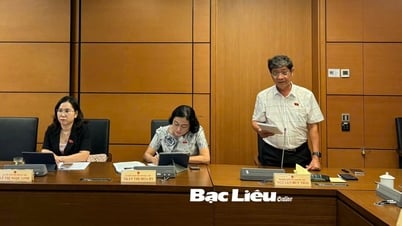















































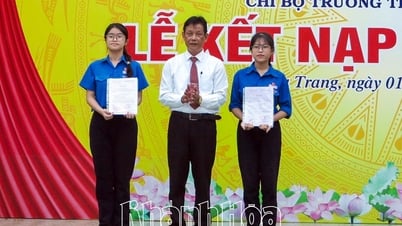

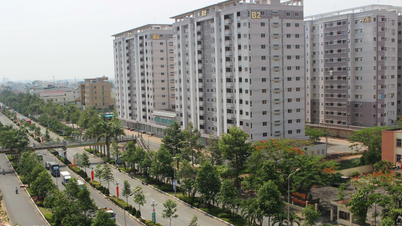



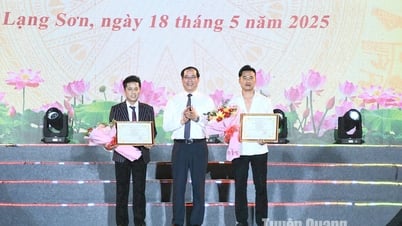












Comment (0)